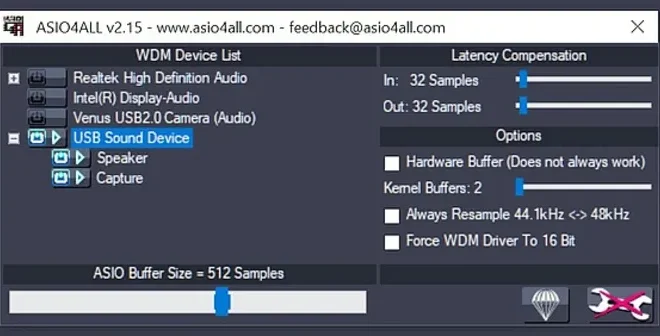What Is an ASIO Driver and Does It Make a Difference to Audio Latency?

An ASIO driver is a low-latency audio driver used in digital audio production. It stands for Audio Stream Input/Output, and it allows a computer to communicate more directly with an audio interface or sound card.
In the past, operating systems like Windows used the WDM (Windows Driver Model) driver, which was designed for a wide range of devices and not optimized for audio processing. This can result in higher audio latency, or delay between the input and output of audio signals. For example, when playing a virtual instrument, there may be a noticeable delay between hitting the key on a MIDI controller and hearing the corresponding sound.
The ASIO driver, on the other hand, is specifically designed for audio applications and can provide lower latency, allowing for smoother and more responsive audio performance. ASIO bypasses the Windows audio stack and communicates directly with the audio driver and hardware. This can result in reduction of latency, which is highly important for professionals like musicians and DJs, as they need their sounds to transmit instantly.
An ASIO driver can make a significant difference in reducing audio latency. While some sound cards or audio interface restrictions may limit the decrease of latency, generally, ASIO can make the latency almost imperceptible to users. This is essential for real-time processing and performance, especially in live settings.
Another advantage of using an ASIO driver is that it supports multiple channels of input and output simultaneously. This is particularly useful in a recording studio context, where multiple microphones or instruments may need to be recorded at once.
It’s worth noting that not all sound cards and audio interfaces have an ASIO driver available, and some may only support older ASIO versions, leading to compatibility issues. Additionally, ASIO drivers may only be compatible with certain DAW (Digital Audio Workstation) and software applications.





